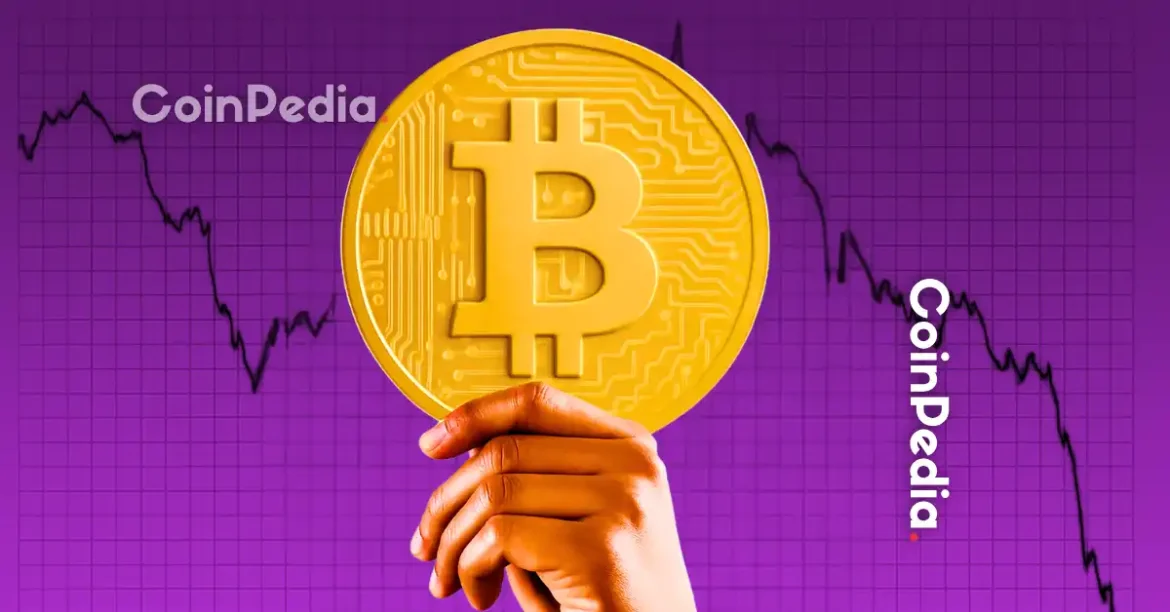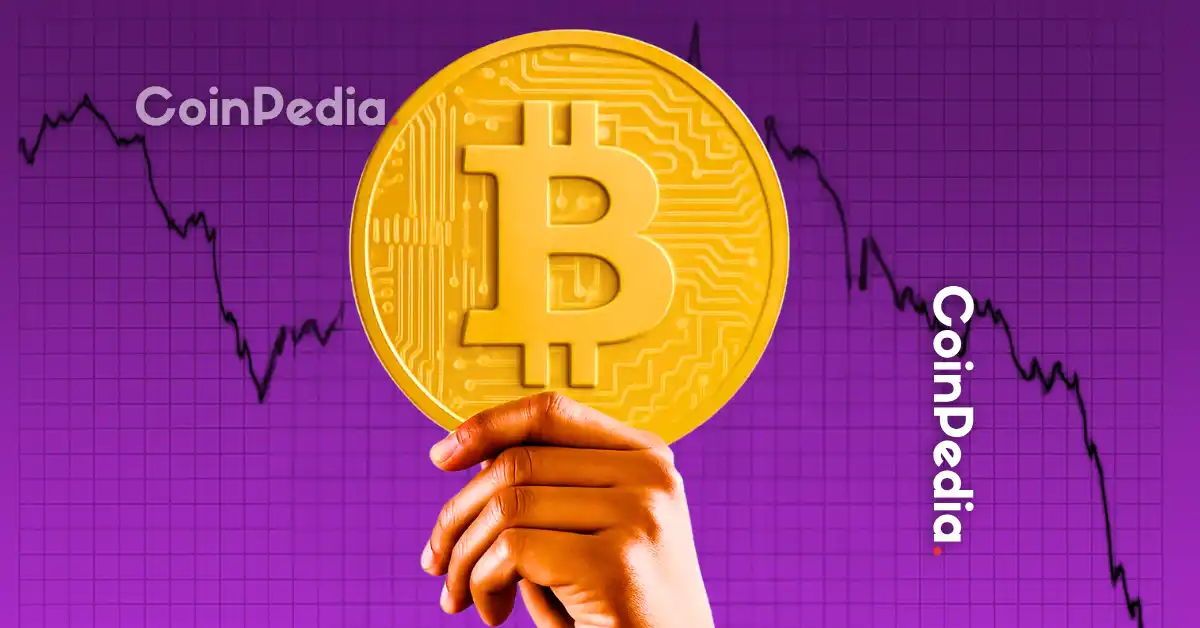The Multifaceted Drivers Behind Bitcoin’s Current Rally
Introduction: Decoding the Complexities of Bitcoin’s Price Surge
Bitcoin’s recent price surge has captivated global financial markets, sparking intense debate about the underlying forces propelling its ascent. While the cryptocurrency has historically followed cyclical patterns, the current rally exhibits unique characteristics that distinguish it from previous market cycles. To fully understand this phenomenon, we must examine the interplay of macroeconomic factors, institutional adoption, technological advancements, and shifting investor sentiment that collectively contribute to Bitcoin’s evolving role in the global financial ecosystem.
The Evolution of Bitcoin’s Market Cycles
Bitcoin’s price movements have traditionally been linked to its four-year halving cycle, where the reward for mining new blocks is cut in half, reducing supply. This scarcity mechanism has historically triggered bull runs as demand outpaces supply. However, the current rally demonstrates that while the halving remains relevant, other factors are now playing increasingly significant roles in shaping market dynamics.
Market analysts have observed that altcoins typically experience summer surges, with capital rotating back to Bitcoin by late August. This cyclical pattern suggests that while traditional market behaviors persist, the growing influence of institutional investors and long-term holders may be altering these established cycles. The current market appears to be transitioning from retail-driven speculation to more stable, institution-backed investment strategies.
Macroeconomic Forces Shaping Bitcoin’s Trajectory
The broader economic landscape is exerting considerable influence on Bitcoin’s price movements. Unlike previous rallies driven by retail FOMO or ETF speculation, the current surge is largely attributed to shifts in U.S. fiscal policy and global economic uncertainty. The Federal Reserve’s monetary policies, inflation concerns, and geopolitical tensions are all contributing to Bitcoin’s appeal as a hedge against traditional financial system vulnerabilities.
Arthur Hayes, co-founder of BitMEX, highlights that fears of global wartime inflation are driving investors toward Bitcoin as a safe haven asset. This perspective aligns with the growing recognition of Bitcoin’s potential to preserve value in uncertain economic climates. As central banks continue to implement expansionary monetary policies, Bitcoin’s fixed supply and decentralized nature make it an attractive alternative to fiat currencies.
Institutional Adoption: A Paradigm Shift in Crypto Investment
The most transformative development in Bitcoin’s recent rally is the increasing participation of institutional investors. Major financial institutions like BlackRock and Fidelity are making substantial, long-term investments in Bitcoin, signaling a fundamental shift in the asset’s perception. This “quiet, calculated money” represents a departure from the volatile, retail-driven markets of the past.
Rachael Lucas, a crypto analyst at BTC Markets, emphasizes that the current rally is structurally different due to institutional capital inflows. This institutional embrace brings legitimacy and stability to the market, attracting more traditional investors who previously viewed Bitcoin with skepticism. The growing acceptance of Bitcoin by institutional players is not only driving up demand but also fostering a more mature and resilient market environment.
The ETF Effect: A Catalyst for Mainstream Adoption
The launch of Bitcoin ETFs has been a pivotal moment for the cryptocurrency, providing mainstream investors with easier access to Bitcoin exposure. Initially, the introduction of these financial products correlated with Bitcoin’s price climbing above $45,000. However, the dynamics underlying this correlation are more nuanced than they appear.
While ETFs have undoubtedly driven demand, the market has also witnessed a shift in investor behavior. Retail investors are increasingly purchasing shares of MicroStrategy, a company heavily invested in Bitcoin, indirectly fueling the cryptocurrency’s rally. This phenomenon suggests that while ETFs have democratized access to Bitcoin, the underlying market mechanics are evolving in complex ways.
Scarcity: The Fundamental Value Proposition
At its core, Bitcoin’s value is underpinned by its scarcity. With a fixed supply cap of 21 million coins, Bitcoin’s scarcity is a powerful driver of its price appreciation. As demand continues to grow, particularly from institutional investors, the limited supply ensures that prices are pushed higher.
Experts emphasize that this scarcity is a key factor in Bitcoin’s long-term value proposition. Unlike fiat currencies, which can be printed indefinitely, Bitcoin’s supply is finite and predictable. This inherent scarcity, combined with its decentralized nature, reinforces Bitcoin’s appeal as a store of value in an increasingly uncertain economic landscape.
Potential Challenges and Future Outlook
Despite the bullish sentiment surrounding Bitcoin, it is essential to acknowledge the potential challenges ahead. Market volatility remains a defining characteristic of cryptocurrencies, and corrections are inevitable. Nicholas Merton, a market analyst, suggests that Bitcoin may experience a significant downturn after its current upward momentum.
However, many analysts remain optimistic about Bitcoin’s long-term prospects. Several experts predict that Bitcoin could reach $200,000 or higher, driven by a confluence of factors including institutional adoption, macroeconomic trends, and technological advancements. Bernstein and 10X Research analysts highlight the various drivers behind the current rally and the potential for further price appreciation in the second half of the year.
Conclusion: Bitcoin’s Journey Toward Mainstream Acceptance
Bitcoin’s current rally is not merely a repetition of past cycles but a reflection of its evolving role in the global financial system. The interplay of macroeconomic forces, institutional adoption, and technological advancements has created a unique market environment that distinguishes this rally from previous ones. While volatility and corrections are inevitable, the long-term trajectory suggests that Bitcoin is maturing into a legitimate asset class with the potential to reshape global finance.
As Bitcoin continues to gain acceptance among institutional investors and mainstream financial institutions, its role as a hedge against economic uncertainty and a store of value is becoming increasingly solidified. The current rally represents not just a price movement but a fundamental shift in how Bitcoin is perceived and utilized in the broader financial landscape. The journey toward mainstream acceptance is far from over, but the signs point to a future where Bitcoin plays an integral role in the global economy.





